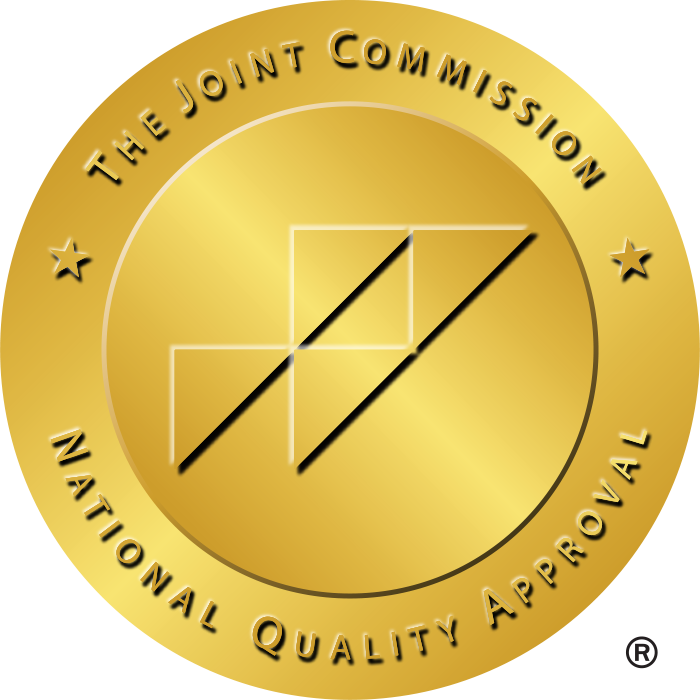Travel nursing is an interesting profession that gives you new places to visit and also allows you to touch unlimited lives. To fully realize the rewards of this wonderful career, however, you have to get contracts that meet all your specifications.
Such contracts includes all details concerning your payment, accommodation, other obligations, and numerous more, so accuracy is very important. Although negotiating can sound overly frightening to some, it is much easier than you may believe with the correct approach.
In the rest of this article, we will make sure that you have all the essential steps so that you can get the contracts that are most advantageous to you. Continue reading!
Understanding the Basics of a Travel Nurse Contract
Learning how to negotiate effectively begins with understanding the details in a travel nurse contract. Knowing all the intricacies within your contract documents is vital as they capture every detail relevant to your assignment. Your contract will normally have your wage package, housing allowance, benefits, schedule, and length of contract. It might also include reimbursement for travel or licensing expenses.
Not all aspects of the contract are fixed; some are open for modification. For instance, payment, housing, and bonuses are parts of the contract that you can change. Also, be on the lookout for must have terms like cancellation policies, hours guaranteed, or any other safeguarding clauses that are crucial to your peace of mind.
Be alert for vague details as well as missing details since a badly written contract tends to create confusion. These concepts will assist you while you prepare to negotiate your deal with the employer.
Preparing for Contract Negotiations
Nurses are always in demand, and travel nurses are no exception. Hence why preparing for a contract negotiation starts from researching pay rates and benefits that exist for your specialty and geographical location. There is a plethora of resources online that provide valuable information such as forums, other nurses, or even recruiters.
From here, further analyze your goals that revolve around the contract. Which item resonates with you the most? Salary, localization, accommodation that’s provided or perhaps a flexible schedule? Knowing what your priorities are guarantees less headache later on during the negotiation process.
It’s essential to capture as much relevant information as possible. As the saying goes, knowledge is power. Being informed will greatly affect negotiations, and with correct information, can guarantee better terms that will satisfy your demands.
Effective Communication with Recruiters
Communication with your recruiter is important if you want to increase your chances of getting the best contracts available. As with many things, first impressions last, therefore start with establishing rapport: courteous, yet friendly. Trust is primary, and the best conversations are those that are honest and respectful.
As you conduct the required initial conversations with the recruiters, layer them in a way that helps you understand what value they bring to the offer. Should, for instance,you may ask about their pay rate, the housing provisions, or even where the assignments are situated. This is also a good stage for discussing expectations and letting them know what matters the most to you.
Watch out for omissions, such as recruiters who are vague or to provide no answers at all, or those that seem to be rushing you. If the approach is too aggressive, then chances are that there is more to lose from the bargain than you initially thought. Keep in mind that they are meant to serve you, but remember that remaining knowledgeable and aggressive is what will enable you to walk the best deals.
Strategies for Negotiating the Best Terms
When attempting to negotiate your contract, you should focus on self advocacy while remaining professional and collaborative. Here is how to do it efficiently:
Timing Your Negotiations
As with everything else in business, the best negotiating strategy is to start at the very beginning. Whenever a new job opportunity is presented, begin to negotiate the discussed terms alongside, or even prior to receiving the offer.
This is preferable because it allows time for adequate assessment and modification prior to the agency’s finalization. Late negotiation periods usually connotate limited options, providing little choice but to settle for unfavorable terms.
Negotiating Pay and Benefits
Center the discussion around the offer as a whole: base pay, hourly work rate, overtime, accommodation pay, and reimbursements for travel expenses. Break down quotes should provide clarity on every contract, ensuring this applies to the quote offered.
If this first deal falls short of your expectations, do not hesitate to submit counteroffers articulated with accurate information that represent the current industry market price. Make attempts at all levels by setting policies concerning organizational improvement, such as supporting education reimbursement policies, bonuses geared toward task completion, or flexible scheduling.
Handling Counteroffers and Rejections
Recruiters may counter your requests or reject some changes. In such instances, remain professional on all rounds. If the counteroffer provided seems fair enough, be willing to compromise if it is still a matter of priority.
If a rejection gives you discontent, tactfully communicate why the original terms don’t work for you and whether there is scope for further negotiation. Favorable dialogue while aiming toward resolution allows you to maintain a good relationship even if the outcome is not to your complete satisfaction.
Practical Tips for Securing Strong Contracts
Achieving a strong travel nurse contract requires you to take the necessary steps to ensure that your interests are being protected and all details are outlined. These pointers should help you throughout the process:
Keep Negotiations Respectful and Collaborative
Convey a positive and cooperative demeanor through the negotiation stage. You are not trying to out-maneuver the recruiter, but rather, collaborate to secure a win-win situation. Comments like,“How can we make this work?” help encourage open dialogue. Respectful negotiations enhance goodwill which later can yield better solutions.
Document All Agreements
Make a habit of keeping written records of any and all modifications or agreements. If it is not incorporated into the final contract, verbal commitments may not serve you. Furthermore, every term you have negotiated, including payment, remuneration, and other associated benefits, must be clearly documented. This helps in ensuring misunderstandings do not occur and clarity is provided when necessary.
Review the Fine Print
Be meticulous while going through the contract. Pay particular attention to cancellation policies, guaranteed hours, and possible penalties. If any part of it is unclear or concerning, it does not hurt to discuss it with a legal professional or a trusted friend. Fixing potential issues in advance is better than dealing with them later.
Constructing robust contracts isn’t spontaneous. It requires meticulous groundwork, fluid communication, and vigorous evaluations. Following these steps will make certain that the agreements you create are productive, and are tailored to your requirements.
Building Long-Term Relationships with Agencies
You should understand that cultivating a working relationship with travel nursing agencies can help your career greatly. The pros offered are not just for a single assignment. In a nutshell, their worth is in the endless access to fresh opportunities, improved contracts, and assistance they provide along with determination. Let us now discuss how to optimize the benefits of these relationships.
1. Be Reliable and Professional
This is perhaps the most important characteristic of travel nursing—being reliable. Ensure that you arrive on time and fulfill all of your obligations under the contract. Regardless of the working relationship that exists or what other nurses of staff do, the most important thing is reputation. Also, ensure that every interaction, even with fellow staff nurses is respectful, which makes you seem more professional.
2. Build Strong Communication Skills
Have consistent conversations with your recruiter. You do not have to spam them, but a quick reminder about your availability, preferences, and goals makes sure you remain on their radar. Inform them, for instance, that you are flexible assignment date-wise or open to a wide range of locations. This increases the chances of garnering access to multiple opportunities.
3. Showcase Your Skills
Highlight your specialty, qualifications and certifications. Make it known to the recruiters if you have narrowed your focus into a highly specialized and sought after area such as ICU or emergency nursing. Agencies frequently prioritize nurses with such useful experience or additional credentials.
4. Show Flexibility and Enthusiasm
Nurses who go above and beyond, such as taking assignments in less popular areas or filling in for last minute openings, are greatly valued by agencies. Enthusiastic nurses gain appreciation. Showing excitement about your work demonstrates to recruiters that you care about the work, which turns out to be a huge differentiator.
5. Maintain a Positive Reputation
Sometimes in travel nursing, news spreads like wildfire. Both facilities and coworkers form a good impression about you which impacts the agencies you work for. Whether being adaptable to deal with challenging and complex assignments or providing feedback on completed tasks, your behavior matters.
With these approaches, you will undoubtedly be considered an asset by the agency willing to sign you. Preferred candidates are entitled to better contracts, customized job offers, and preferred professional relationships. Continue working on these tips to create milestones in your travel nursing career.
Conclusion
As highlighted, the steps involved in securing contracts for travel nurses are heavily reliant on prior preparation, effective communication and strong professional acquaintances. Understanding the fundamentals of a contract along with what priorities matter the most to you, can go a long way in assisting your advocacy for better compensation and benefits.
Favorable working relationships with recruiters positively impact communication to a level where that agency will hire you as a main contender for other positions. Your reputation alone will serve as a gateway to numerous opportunities for which you can be hired.







